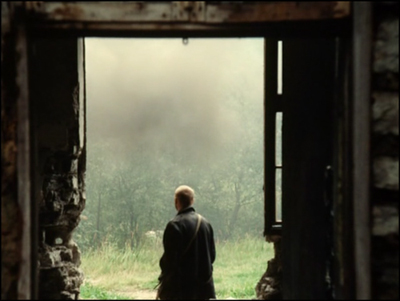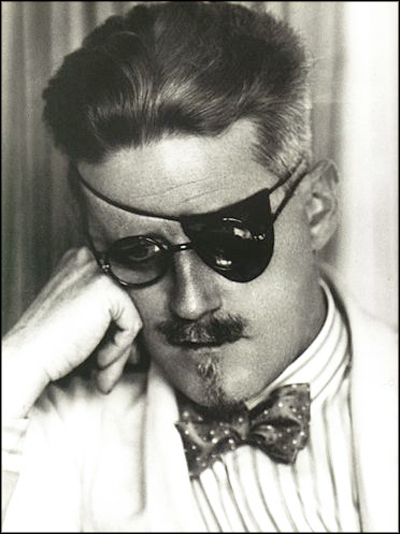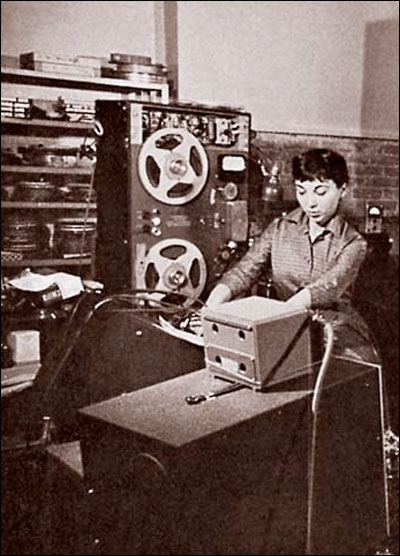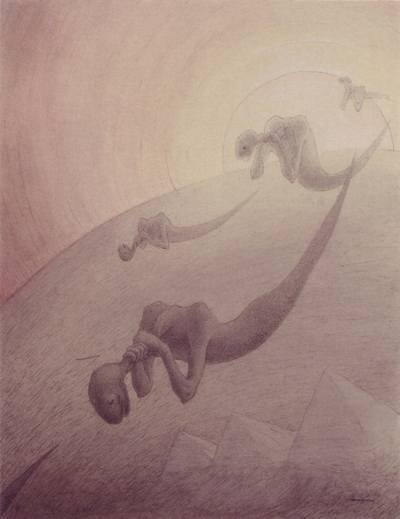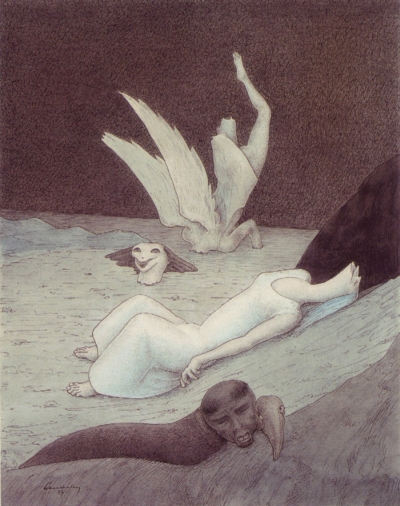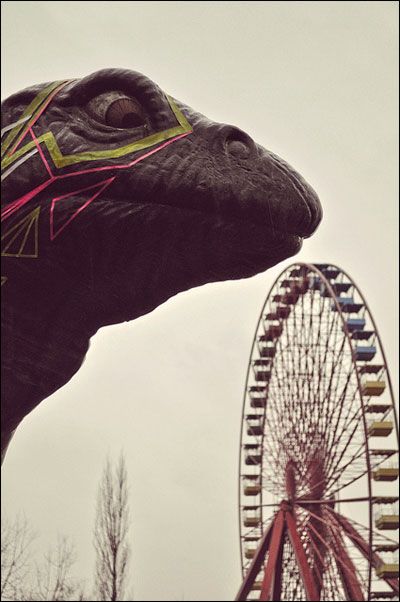
“Soon…” Photo by Matthew Borgatti.
A frozen rainbow carousel, headless dinosaurs and lonely swan-shaped boats: this can only be Spreepark, an abandoned amusement park in Southeast Berlin. Conceived as a Socialist project to celebrate 20 years of GDR, Spreepark opened its doors in 1969, and shut down in 2001. If you saw the film Hanna, images of a girl assassin running through this decaying fairyland park may spring to mind. Recently, Matthew Borgatti (previously on Coilhouse here and here) grabbed his camera and went exploring: he’s just published a beautiful set of photos showing both Spreepark’s ruins and signs of life, in tandem with a witty, comprehensive guide to urban spelunking. Spreepark’s story, writes Matthew, is one of “broken dreams, drug smuggling, and illegal things done with kiddie park rides in the dead of night.” You can’t tell the story of Spreepark without mentioning the story of Norbert Witte, as told by journalist Julia Jüttner.
An affluent funfair operator known as the “King of Carousels” to his friends, Witte walked into trouble when he decided to invest in Spreepark after the reunification of Germany. The son of a carnival performer and grandson of Otto Witte, an acrobat/swindler who once managed to be crowned as the King of Albania, Norbert Witte built his own carnival empire from humble beginnings. Together with his young bride Pia, the daughter of a bumper-car operator, he purchased one roller coaster (“The Catapult”) and began to tour with it, amassing eight rides over the course of two decades.

Photo by Matthew Borgatti.
At first, Spreepark seemed like a lucrative investment for Witte. But after the government eliminated 3,000 parking spaces near the park, people stopped coming and the park went out of business. Witte relocated his family to Lima, Peru, with the hope of bringing over Spreepark’s rides and establishing a new park called Lunapark. However, Peruvian customs officials refused to release all the parts of the rides, and the family quickly slid into poverty. Ultimately, Witte was caught smuggling 76 pounds of cocaine (worth $14 million) back to Germany in the mast of the “Flying Carpet” carousel. Norbert Witte received a lenient 6-year sentence in Germany, but his 21-year-old son, stuck back in Peru, received a jail term of 20 years. In a heartbreaking interview with Spiegel Online, Pia Witte elaborates further.
Unlike the story of Spreepark’s ruin, Matthew’s photos aren’t all that tragic. In fact, unlike most typical, ruin porn-tastic shots of abandoned theme parks around the world, his photos reveal the park’s vibrant, frenetic second life. Vinyl stickers depicting the step-by-step construction of an origami swan adorn a swan boat’s plastic neck. One of the dinosaurs still standing dons glam-rock makeup crafted from neon adhesive tape. A layer of graffiti art slowly encroaches upon the abandoned rides, often giving them a strangely modern look. Perhaps it’s because the German authorities seem pretty lenient, occasionally allowing fashion shoots, filming, and festivities such as “concerts, art installations, performances and a burning man” to take place in the park.
As hinted in Matthew’s photos, the future is bright for Spreepark: this summer, a new project called Kulturpark will set up a three-week artist residency camp producing public art inside Spreepark’s walls. Artworks will include “ecological grafitti, sustainable bicycles, a ping pong competition, learning events, radio station, [and] storytelling projects.” The public opening will be June 28 – July 1st.
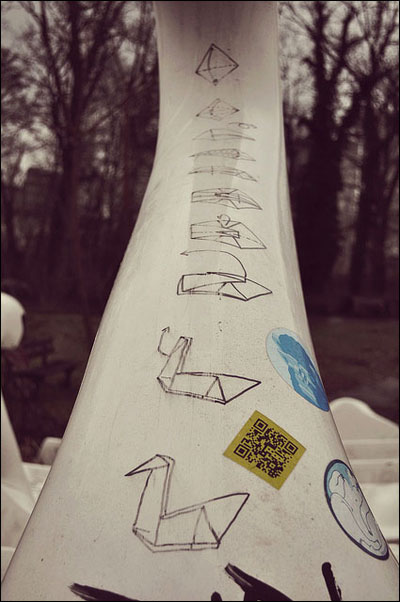
Photo by Matthew Borgatti.



